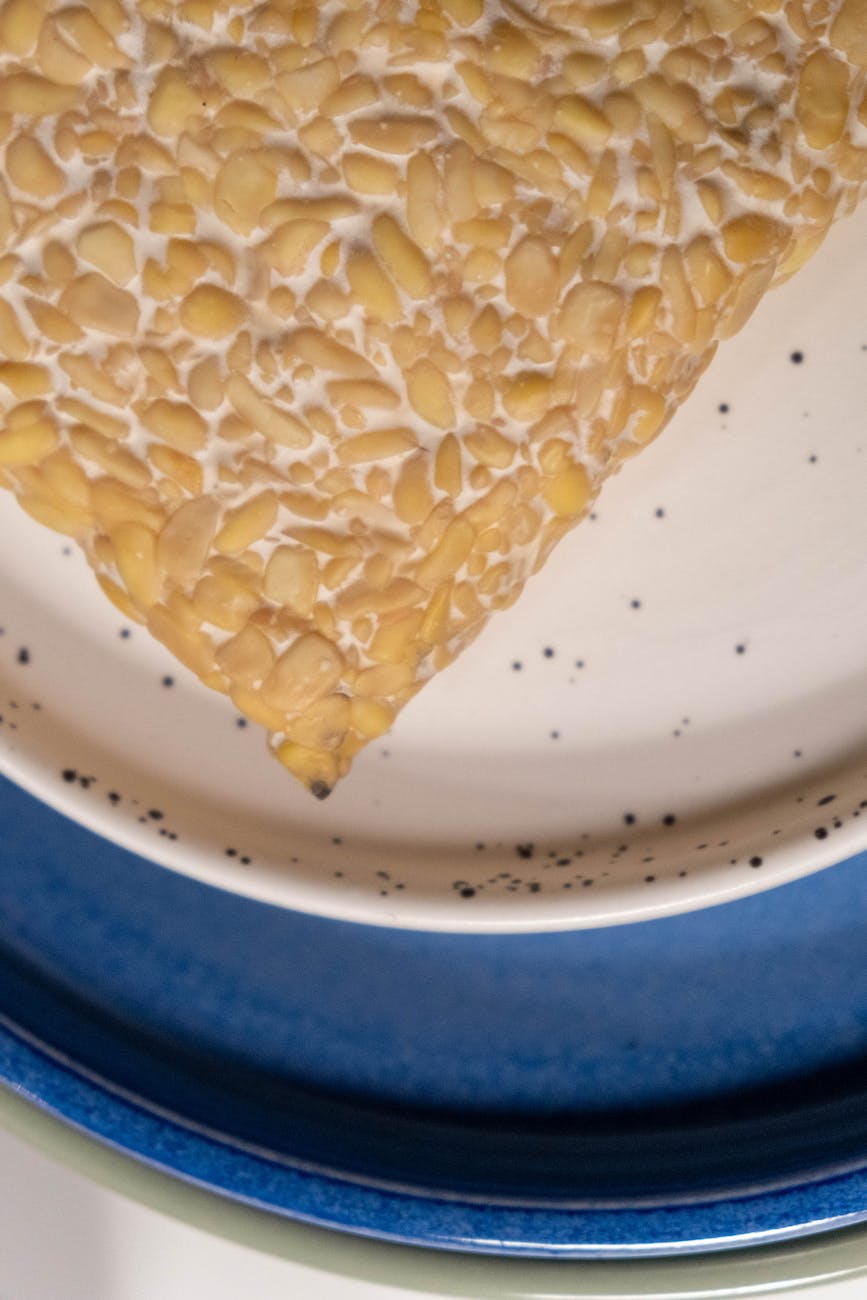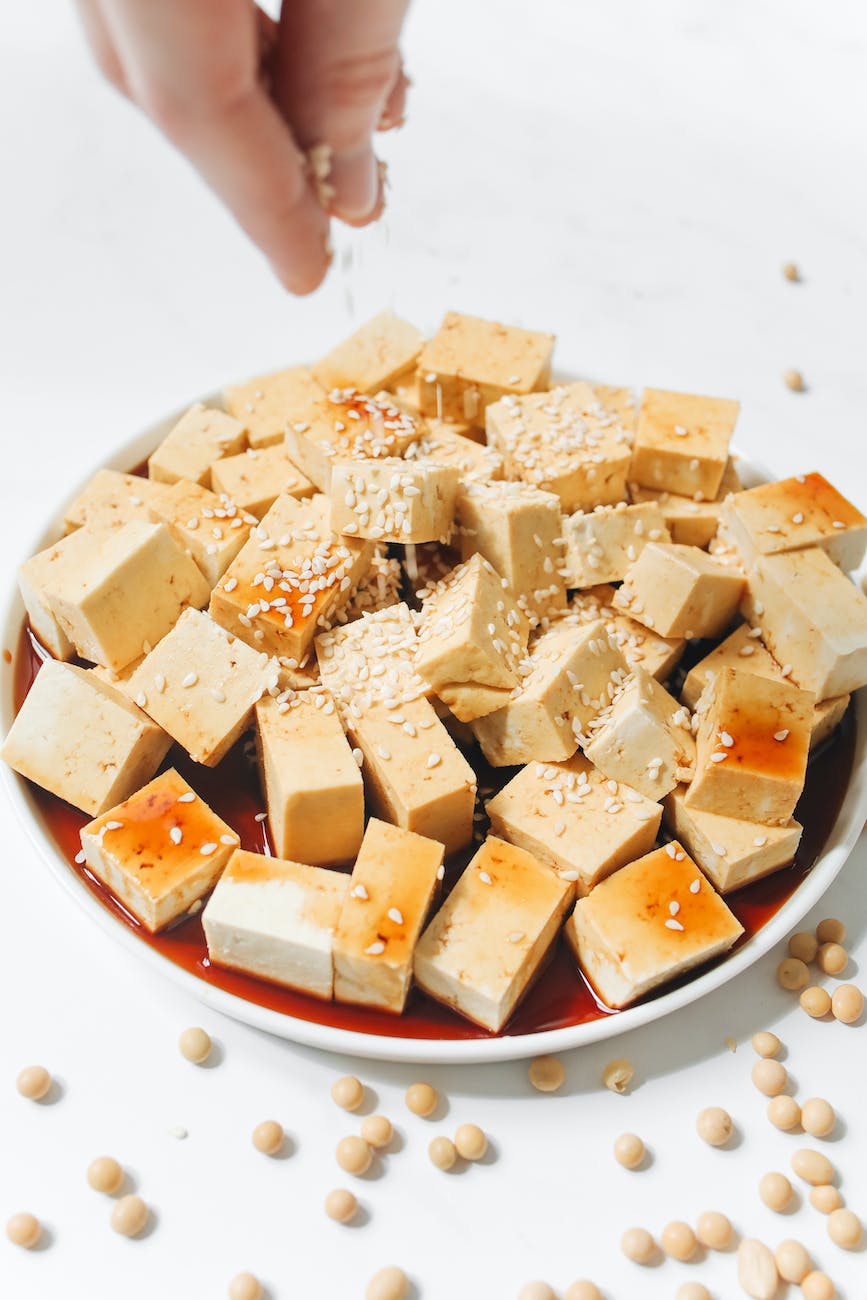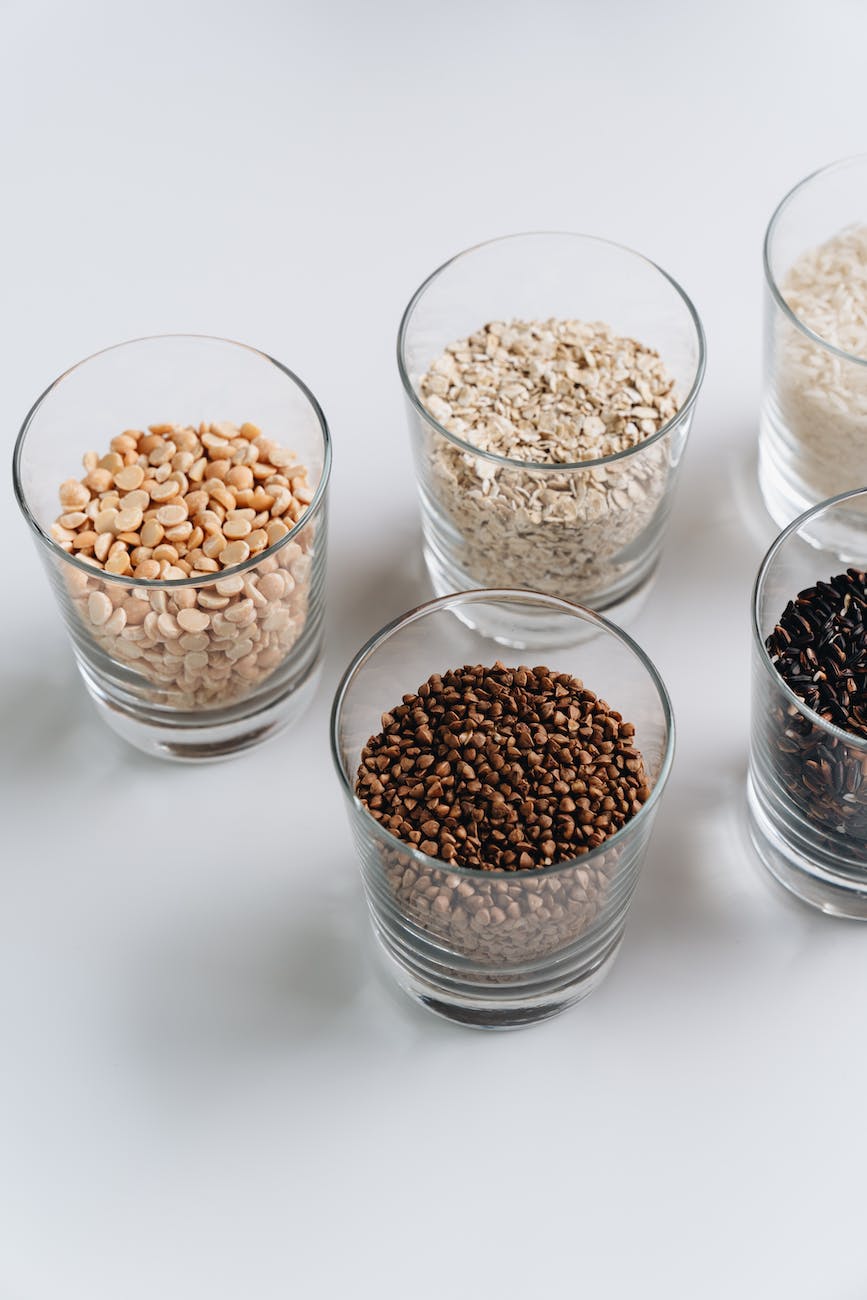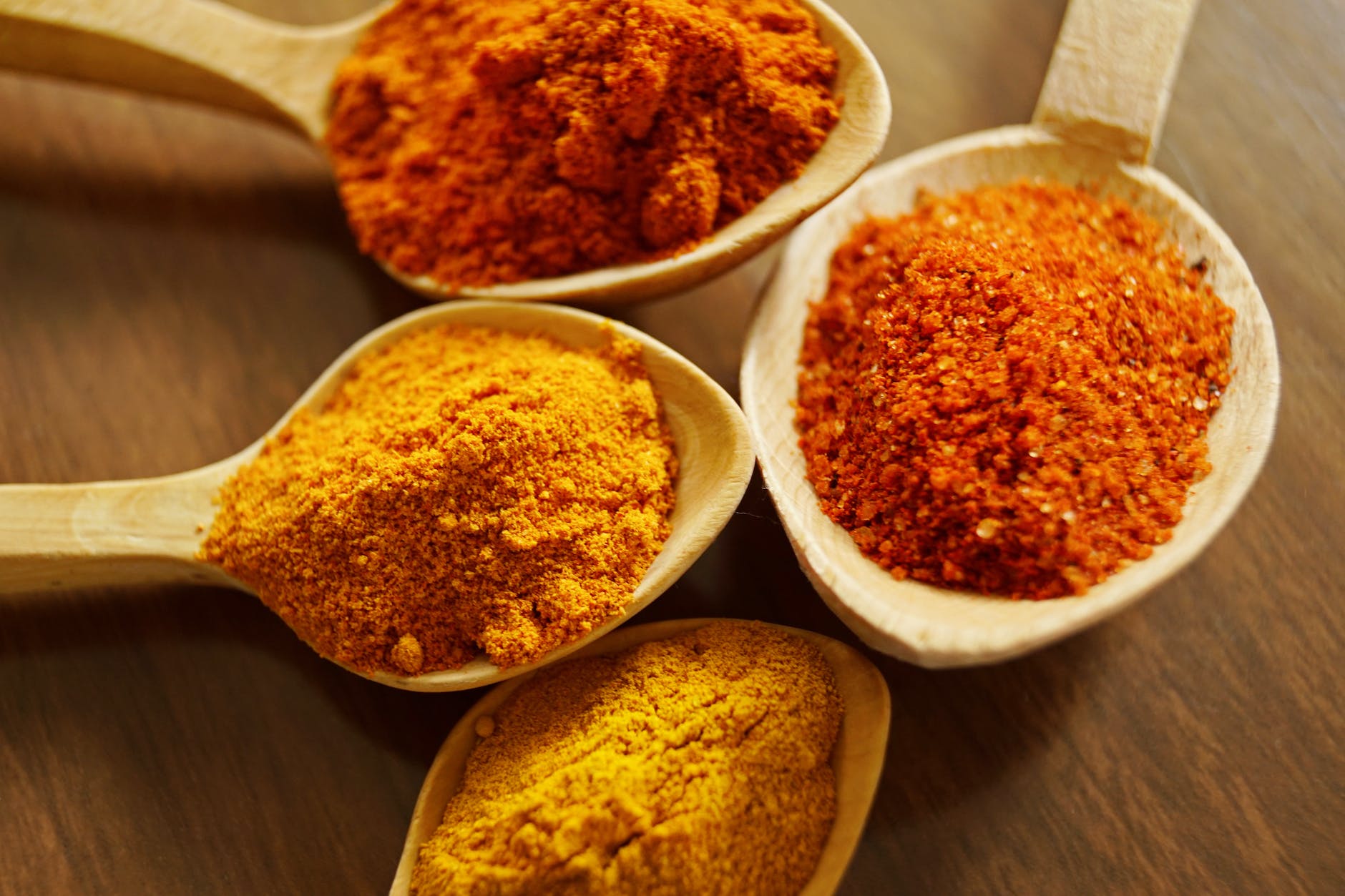
Introduction: If you’re searching for a plant-based alternative to tuna that’s high in protein and versatile in its applications, look no further than seitan. Seitan, also known as wheat meat or wheat gluten, offers a chewy texture and a neutral taste that can mimic the texture and flavor of tuna in various dishes. In this post, we’ll explore five delectable and protein-packed meal prep ideas featuring seitan instead of tuna. Get ready to elevate your plant-based cooking game with these tantalizing recipes!
- Seitan Salad: Ingredients:
- Seitan
- Mixed greens (spinach, lettuce, arugula)
- Cucumber
- Cherry tomatoes
- Red onion
- Olives
- Lemon juice
- Olive oil
- Dried oregano
- Salt and pepper
Instructions:
- Cut the seitan into bite-sized pieces.
- In a bowl, combine the mixed greens, sliced cucumber, halved cherry tomatoes, thinly sliced red onion, and olives.
- Add the seitan to the salad and toss gently to combine.
- Drizzle the salad with fresh lemon juice and olive oil.
- Season with dried oregano, salt, and pepper to taste.
- Enjoy a refreshing and protein-rich seitan salad as a light and satisfying meal.
- Seitan “Tuna” Sandwich: Ingredients:
- Seitan
- Bread or sandwich rolls
- Vegan mayonnaise
- Dijon mustard
- Celery, finely chopped
- Red onion, finely chopped
- Dill pickle relish
- Fresh dill (optional)
- Lettuce, tomato, and any other desired sandwich toppings
Instructions:
- Slice the seitan into thin strips or shred it to mimic the texture of tuna.
- In a bowl, mix vegan mayonnaise, Dijon mustard, celery, red onion, and dill pickle relish to create the tuna-like filling.
- Add the seitan to the bowl and mix everything together until well combined.
- Spread the seitan “tuna” mixture onto bread or sandwich rolls.
- Top with lettuce, tomato, fresh dill (if desired), and any other preferred sandwich toppings.
- Serve the seitan “tuna” sandwich as a hearty and protein-packed lunch option.
- Seitan Niçoise Salad: Ingredients:
- Seitan
- Potatoes, boiled and quartered
- Green beans, blanched
- Cherry tomatoes, halved
- Kalamata olives
- Red onion, thinly sliced
- Fresh parsley, chopped
- Lemon juice
- Olive oil
- Dijon mustard
- Salt and pepper
Instructions:
- Slice the seitan into thin strips or cubes.
- In a large salad bowl, combine the boiled potatoes, blanched green beans, cherry tomatoes, kalamata olives, thinly sliced red onion, and fresh parsley.
- In a separate small bowl, whisk together lemon juice, olive oil, Dijon mustard, salt, and pepper to create the dressing.
- Drizzle the dressing over the salad ingredients and toss gently to coat.
- Add the seitan to the salad and mix everything together.
- Serve the seitan Niçoise salad as a protein-rich and vibrant meal.
- Seitan Sushi Rolls: Ingredients:
- Seitan
- Nori sheets
- Sushi rice
- Avocado
- Cucumber
- Carrot
- Soy sauce
- Wasabi (optional)
- Pickled ginger (optional)
Instructions:
- Slice the seitan into thin strips or cubes.
- Prepare sushi rice according to package instructions.
- Lay a sheet of nori on a bamboo sushi mat and spread a thin layer of sushi rice on top.
- Add strips of seitan, avocado, cucumber, and carrot as your fillings.
- Roll the sushi tightly using the bamboo mat, applying gentle pressure.
- Slice the sushi roll into bite-sized pieces and serve with soy sauce, wasabi, and pickled ginger for a delightful seitan sushi experience.
- Seitan Pasta Puttanesca: Ingredients:
- Seitan
- Pasta of your choice
- Olive oil
- Garlic
- Red chili flakes
- Canned diced tomatoes
- Kalamata olives, pitted and chopped
- Capers
- Fresh basil, chopped
- Salt and pepper
Instructions:
- Cook the pasta according to the package instructions until al dente. Drain and set aside.
- Slice the seitan into thin strips or cubes.
- In a large skillet, heat olive oil and sauté minced garlic and red chili flakes until fragrant.
- Add the seitan to the skillet and cook until lightly browned.
- Stir in canned diced tomatoes, kalamata olives, capers, and fresh basil.
- Simmer the sauce for a few minutes to allow the flavors to meld together.
- Season with salt and pepper to taste.
- Toss the cooked pasta in the seitan puttanesca sauce until well coated.
- Serve the seitan pasta puttanesca as a savory and protein-packed meal.
Conclusion: With these five high-protein plant-based meal prep ideas featuring seitan as a substitute for tuna, you can enjoy a wide array of flavorful and protein-rich dishes. Seitan’s versatility allows it to be used in salads, sandwiches, sushi rolls, pasta, and more, providing a satisfying plant-based alternative to traditional tuna-based meals. Incorporate these recipes into your meal prep routine and savor the goodness of seitan while nourishing your body with plant-based protein. Stay tuned for more exciting and nutritious plant-based meal prep ideas in our upcoming posts!













